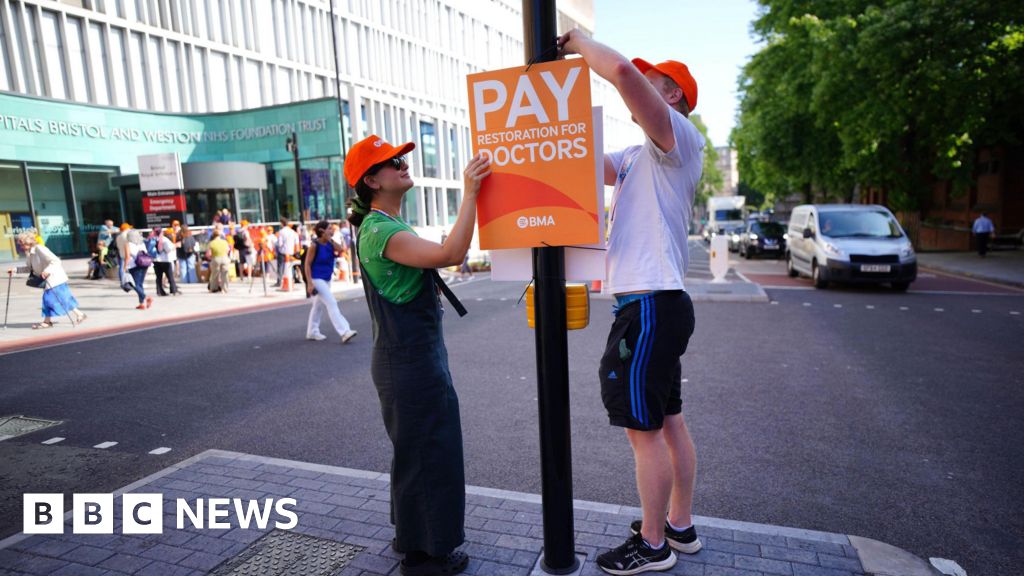Recently I discovered $1.25 billion lying around in a drawer in the table in the hall. Form an orderly queue, cat burglars and romance scammers, but before you stake your professional reputations on this, the heist of the century, I’d urge you to heed this warning. The funds are all tied up in forgotten gift cards, a form of cryptic currency so impenetrable that it makes cryptocurrency look like child’s play.
Despite all outward appearances, they have a street value of nothing, because most have been languishing there for so long that the serial numbers have rubbed off and can only be read by dismantling the drawer itself and taking the bottom panel (and a magnifying glass) along to the shops.
In any case, I’ve already done that and – surprise! – the gift cards were still rejected at the till. There are myriad reasons for this. The machines didn’t like them. Perhaps they were scratched. The codes were entered incorrectly. They must have expired. Are you sure there was credit on them in the first place?
Gift cards are the official currency of hell. I refer here, in particular, to those ones available at major supermarkets and redeemable at a dizzying number of retailers. Let’s examine their value proposition, shall we?
For the time-poor, inspiration-lacking buyer of said cards, it’s basically all upside from the minute the issue of price is resolved. Giving them requires zero mental effort. They don’t need wrapping. They may not have the same aesthetic appeal as a vintage necklace, but if there’s a retailer on the list prepared to flog you one, it’s as good as gifted anyway. And the cards offer a smorgasbord of options. Want to redeem your 30 bucks at Supercheap Auto? Hooray, the cards are good there! Officeworks? There, too! Some sort of heinous kids’ entertainment venue? It accepts them as well!
The problems start when the difficult-to-buy-for recipient pops the gift card into a drawer and forgets about it for approximately two years, 11 months and 29 days. When it is finally exhumed from whichever existential grave it’s found itself interred, its owner has roughly eight business hours to develop an urgent need for a new set of whatever-the-card-is-good-for before its balance disappears in a puff of expiry-date smoke.
So our thrifty recipient (let’s call her me) does one of two things: she either logs on to her preferred store’s website or, perhaps seeking a more drawn-out punishment, takes herself and it off to her nearest shopping centre.
The problems start when the difficult-to-buy-for recipient pops the card into a drawer and forgets about it.
After going through the motions of selecting her long-overdue gift, our recipient will find herself at a checkout – virtual or actual, it’s all the same. Having finally located a coin (who carries cash anymore?), she will scratch off the glue covering the card’s pin code. If she’s unlucky, the glue will be stubborn, rendering the teeny-tiny numbers largely unreadable. If not, she will then be asked to input the card number.
Unfortunately, the bits of the card not covered in retailer logos or shouty capital letters are dedicated to meaningless strings of numbers. Is the card number, as listed on the card beside the words “card number”, the number in question? (No.) Is the customer number – a completely different string of digits – the card number in deep cover? (Also no.) Is the barcode the card number in the midst of an identity crisis? (Don’t be ridiculous.) At this point, the virtual shopping cart has been upended, while in store the card machine has timed out, and the very-nice-but-nonetheless-paid-by-the-hour retail assistant is casting longing looks at the food court.
There must be a reason the card won’t work. Perhaps it’s damaged. Maybe the machine is having an off day. If only the recipient could produce proof of purchase for the gift card itself, then she could swap it for a replacement. Alas, she cannot, because she received this one so many birthdays ago that she’s no longer in touch with the triceratops who sent it.
So what on earth is our suddenly miserable recipient to do? Research by comparison website Finder this year suggests the answer typically involves a white flag and a hasty retreat. A survey of 1010 Australians found the average woman was holding $186 worth of unclaimed gift cards, while men had $175 bouncing around in their wallets. With one in three people having at least one unused card, across the country there’s apparently about $1.25 billion in unused vouchers. Most of which, to recap, have since found a home in the drawer in the table in my hall. About one in five respondents admitted they had allowed their gift cards to expire, with women more likely than men to be the culprits in this area. A further 5 per cent of people lost the cards altogether.
Loading
All of which brings us to this: we have in our hands a scratched, unreadable, numerically impenetrable, unsolicited, unwanted, unrefundable piece of dusty plastic that was forgotten for a while and is now locked in a death roll with its own expiry date. Its owner (again, let’s call her me) feels sad, guilty and weirdly impotent every time she thinks about it.
Cat burglars and scammers, knock yourselves out. The table is on the right, the drawer is on the left, and the front door is open.
To read more from Good Weekend magazine, visit our page at The Sydney Morning Herald,The Age and Brisbane Times.


















































